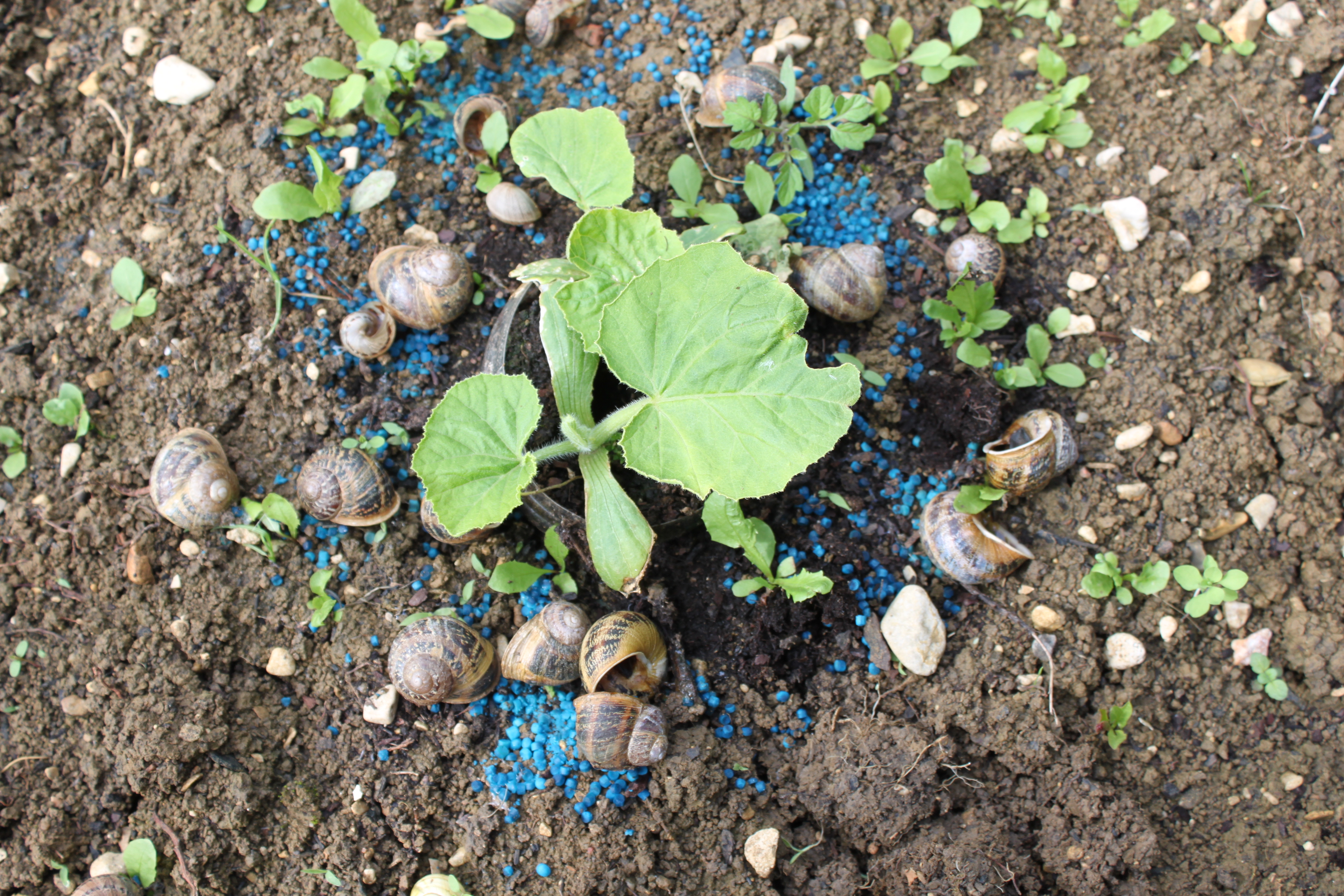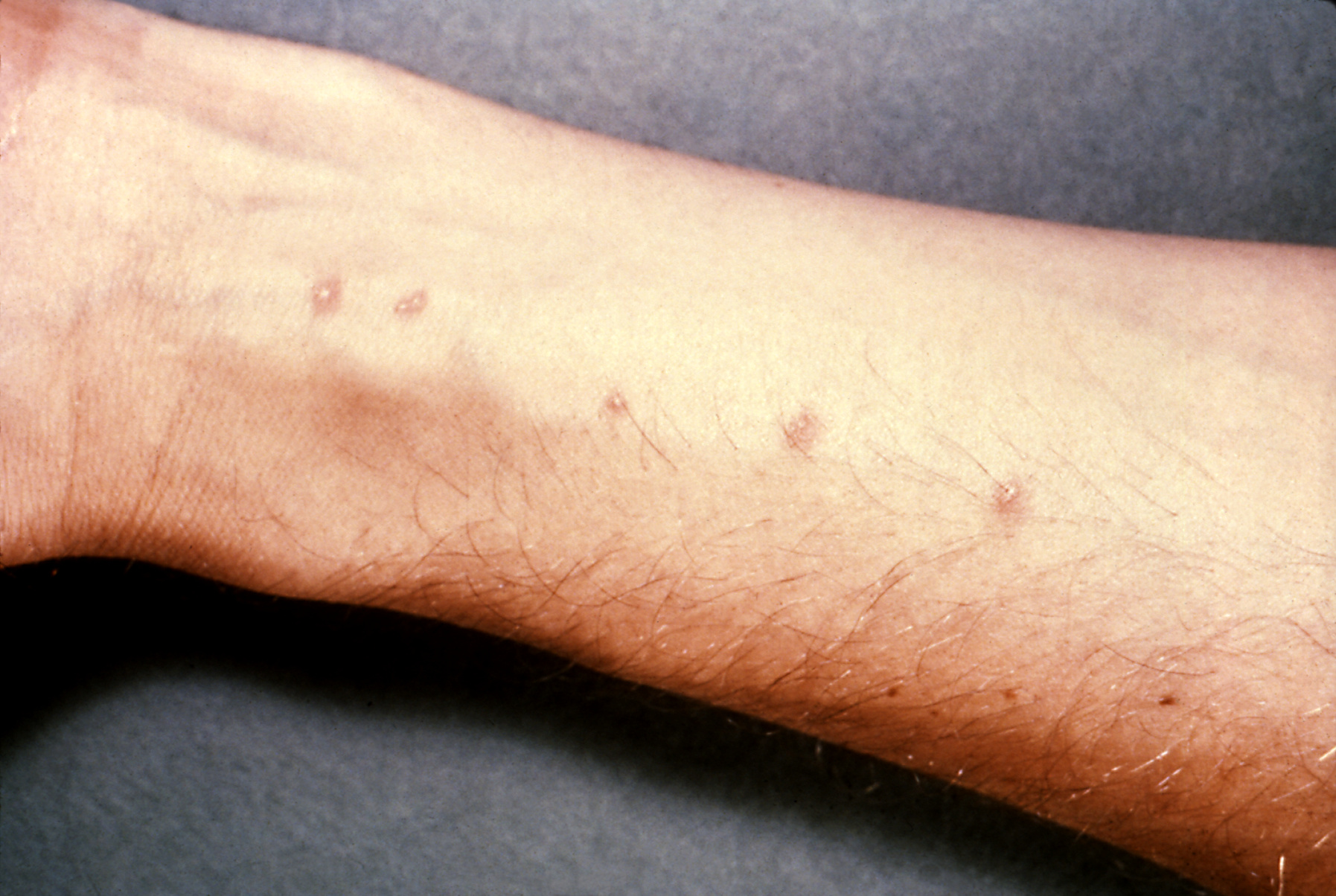|
Phytolacca Dodecandra
''Phytolacca dodecandra'', commonly known as endod, gopo berry, or African soapberry, is a trailing shrub or climber native to Tropical Africa, Southern Africa, and Madagascar. It is dioecious, with male and female flowers on separate plants. Morphologically, it is highly variable. ''Endod'' (as it is known in Amharic or ''shibti'' in Tigrigna ) has been selected and cultivated by Africans for centuries, particularly in Ethiopia and Eritrea. It is used as a soap and shampoo as well as a poison to stun fish. ''Endod'' is lethal to snails - a fact discovered by Ethiopian scientists - and may be effective controlling schistosomiasis. After Aklilu Lemma, an Ethiopian scientist, demonstrated endod's potency to American scientists, they took out a patent, hoping to sell endod as a biological control for the Zebra mussel, a pest in the Great Lakes of the US and Canada. In Ethiopia, two types of "endod" (''Phytolacca dodecandra'') are known to grow and, while the tree's bark are root ... [...More Info...] [...Related Items...] OR: [Wikipedia] [Google] [Baidu] |
Charles Louis L'Héritier De Brutelle
Charles Louis L'Héritier de Brutelle (; 15 June 1746 – 18 August 1800) was an 18th-century French botanist and civil servant. Born into an affluent upper-class Parisian family, connections with the French Royal Court secured him the position of Superintendent of Parisian Waters and Forests at the age of twenty-six. In this capacity, L'Héritier conducted various studies of native trees and shrubs, also gaining interest in exotic flora. The abbreviation L'Herit. is also used. Early life Apart from what is stated above, little is known of his early life before his first employment. He appears to have been self-taught in botany, after taking up the superintendency. In 1775 L'Héritier was appointed a magistrate in the ''Cour des Aides'' in Paris. This was a court which dealt with tax offences, but under its president Malesherbes it became perhaps the only French government institution to protect ordinary citizens against a corrupt state. Malesherbes himself was a keen botanist ... [...More Info...] [...Related Items...] OR: [Wikipedia] [Google] [Baidu] |
Aklilu Lemma
Aklilu Lemma (; 18 September 1935 – 5 April 1997) was an Ethiopian pathobiologist. In 1989, he was awarded the Right Livelihood Award "for discovering and campaigning relentlessly for an affordable preventative against bilharzia." Education Lemma was educated at Addis Ababa University College and at Johns Hopkins University in the U.S. where he obtained his D.Sc. in 1964. His dissertation was on sandfly-borne leishmaniasis. Career Following his doctorate, Lemma returned to his home country, Ethiopia, where he obtained a position at the then Haile Selassie I University. He founded the Institute of Pathobiology, now known as the Aklilu Lemma Institute of Pathobiology, and taught there until 1976, when he left it for a job in the United Nations. He served the UN in many capacities as a scientist, became the Deputy Director of UNICEF's International Child Development Centre, now known as UNICEF's Innocenti Research Centre and finally obtained a position in his alma mater, John ... [...More Info...] [...Related Items...] OR: [Wikipedia] [Google] [Baidu] |
Flora Of Africa
Flora is all the plant life present in a particular region or time, generally the naturally occurring (indigenous) native plants. Sometimes bacteria and fungi are also referred to as flora, as in the terms '' gut flora'' or '' skin flora''. Etymology The word "flora" comes from the Latin name of Flora, the goddess of plants, flowers, and fertility in Roman mythology. The technical term "flora" is then derived from a metonymy of this goddess at the end of the sixteenth century. It was first used in poetry to denote the natural vegetation of an area, but soon also assumed the meaning of a work cataloguing such vegetation. Moreover, "Flora" was used to refer to the flowers of an artificial garden in the seventeenth century. The distinction between vegetation (the general appearance of a community) and flora (the taxonomic composition of a community) was first made by Jules Thurmann (1849). Prior to this, the two terms were used indiscriminately.Thurmann, J. (1849). ''Essai de ... [...More Info...] [...Related Items...] OR: [Wikipedia] [Google] [Baidu] |
Phytolacca
''Phytolacca'' is a genus of perennial plants native to North America, South America and East Asia. Some members of the genus are known as pokeweeds or similar names such as pokebush, pokeberry, pokeroot or poke sallet. Other names for species of ''Phytolacca'' include inkberry and ombú. The generic name is derived from the Greek word (''phyton''), meaning "plant," and the Latin word ''lacca'', a red dye. Phytolaccatoxin and phytolaccigenin are present (in the leaves, stems, roots, blossoms, berries etc.) in many species which are poisonous to mammals if not prepared properly. The berries are eaten by birds, which are not affected by the toxin. The small seeds with very hard outer shells remain intact in the digestive system and are eliminated whole. The genus comprises about 25 to 35 species of perennial herbs, shrubs, and trees growing from tall. They have alternate simple leaves, pointed at the end, with entire or crinkled margins; the leaves can be either deciduous or e ... [...More Info...] [...Related Items...] OR: [Wikipedia] [Google] [Baidu] |
Bilharzia
Schistosomiasis, also known as snail fever, bilharzia, and Katayama fever, is a disease caused by parasitic flatworms called schistosomes. The urinary tract or the intestines may be infected. Symptoms include abdominal pain, diarrhea, bloody stool, or blood in the urine. Those who have been infected for a long time may experience liver damage, kidney failure, infertility, or bladder cancer. In children, it may cause poor growth and learning difficulty. The disease is spread by contact with fresh water contaminated with the parasites. These parasites are released from infected freshwater snails. The disease is especially common among children in developing countries, as they are more likely to play in contaminated water. Other high-risk groups include farmers, fishermen, and people using unclean water during daily living. It belongs to the group of helminth infections. Diagnosis is by finding eggs of the parasite in a person's urine or stool. It can also be confirmed by ... [...More Info...] [...Related Items...] OR: [Wikipedia] [Google] [Baidu] |
Molluscicidal
Molluscicides () – also known as snail baits, snail pellets, or slug pellets – are pesticides against molluscs, which are usually used in agriculture Agriculture or farming is the practice of cultivating plants and livestock. Agriculture was the key development in the rise of sedentary human civilization, whereby farming of domesticated species created food surpluses that enabled people t ... or gardening, in order to control Pest (organism)#Gastropods, gastropod pests specifically slugs and snails which damage crops or other valued plants by feeding on them. A number of chemicals can be employed as a molluscicide: * Metal salt (chemistry), salts such as iron(III) phosphate, aluminium sulfate, and ferric sodium EDTA, relatively non-toxic, also used in organic gardening * Metaldehyde * Niclosamide * Acetylcholinesterase inhibitors (e.g. methiocarb), highly toxic to other animals and humans, acts also as a contact poison Accidental poisonings Metal salt-based moll ... [...More Info...] [...Related Items...] OR: [Wikipedia] [Google] [Baidu] |
Saponin
Saponins (Latin "sapon", soap + "-in", one of), also selectively referred to as triterpene glycosides, are bitter-tasting usually toxic plant-derived organic chemicals that have a foamy quality when agitated in water. They are widely distributed but found particularly in soapwort (genus Saponaria), a flowering plant, the soapbark tree (''Quillaja saponaria'') and soybeans (''Glycine max'' L.). They are used in soaps, medicinals, fire extinguishers, speciously as dietary supplements, for synthesis of steroids, and in carbonated beverages (the head on a mug of root beer). Structurally, they are glycosides, sugars bonded to another organic molecule, usually a steroid or triterpene, a steroid building block. Saponins are both water and fat soluble, which gives them their useful soap properties. Some examples of these chemicals are glycyrrhizin, licorice flavoring; and quillaia (alt. quillaja), a bark extract used in beverages. Uses The saponins are a subclass of terpenoids, the larges ... [...More Info...] [...Related Items...] OR: [Wikipedia] [Google] [Baidu] |
Zebra Mussel
The zebra mussel (''Dreissena polymorpha'') is a small freshwater mussel. The species originates from the lakes of southern Russia and Ukraine, but has been accidentally introduced to numerous other areas and has become an invasive species in many countries worldwide. Since the 1980s, the species has invaded the Great Lakes, Hudson River, and Lake Travis. The species was first described in 1769 by German zoologist Peter Simon Pallas in the Ural, Volga, and Dnieper Rivers. Zebra mussels get their name from a striped pattern commonly seen on their shells, though it is not universally present. They are usually about the size of a fingernail, but can grow to a maximum length around . Shells are D-shaped, and attached to the substrate with strong byssal fibers, which come out of their umbo on the dorsal (hinged) side. Ecology Zebra mussels and the closely related and ecologically similar quagga mussels are filter-feeding organisms; they remove particles from the water column. ... [...More Info...] [...Related Items...] OR: [Wikipedia] [Google] [Baidu] |
Schistosomiasis
Schistosomiasis, also known as snail fever, bilharzia, and Katayama fever, is a disease caused by parasitic flatworms called schistosomes. The urinary tract or the intestines may be infected. Symptoms include abdominal pain, diarrhea, bloody stool, or blood in the urine. Those who have been infected for a long time may experience liver damage, kidney failure, infertility, or bladder cancer. In children, it may cause poor growth and learning difficulty. The disease is spread by contact with fresh water contaminated with the parasites. These parasites are released from infected freshwater snails. The disease is especially common among children in developing countries, as they are more likely to play in contaminated water. Other high-risk groups include farmers, fishermen, and people using unclean water during daily living. It belongs to the group of helminth infections. Diagnosis is by finding eggs of the parasite in a person's urine or stool. It can also be confirmed by fi ... [...More Info...] [...Related Items...] OR: [Wikipedia] [Google] [Baidu] |
Tropical Africa
Although tropical Africa is mostly familiar to the West for its rainforests, this biogeographic realm of Africa is far more diverse. While the tropics are thought of as regions with hot moist climates, which are caused by latitude and the tropical rain belt, the geology of areas, particularly mountain chains, and geographical relation to continental and regional scale winds impact the overall areas , also, making the tropics run from arid to humid in West Africa. The area is currently experiencing the negative effects of rapid human population growth.Zinkina J., Korotayev A.br>Explosive Population Growth in Tropical Africa: Crucial Omission in Development Forecasts (Emerging Risks and Way Out). ''World Futures'' 70/2 (2014): 120–139 Overview Tropical rainforests are moist forests of semi-deciduous plants distributed across nine West African countries. Institute for Sea Research conducted a temperature record dating back 700,000 years. Several conservation and development dem ... [...More Info...] [...Related Items...] OR: [Wikipedia] [Google] [Baidu] |
Eritrea
Eritrea ( ; ti, ኤርትራ, Ertra, ; ar, إرتريا, ʾIritriyā), officially the State of Eritrea, is a country in the Horn of Africa region of Eastern Africa, with its capital and largest city at Asmara. It is bordered by Ethiopia in the south, Sudan in the west, and Djibouti in the southeast. The northeastern and eastern parts of Eritrea have an extensive coastline along the Red Sea. The nation has a total area of approximately , and includes the Dahlak Archipelago and several of the Hanish Islands. Human remains found in Eritrea have been dated to 1 million years old and anthropological research indicates that the area may contain significant records related to the evolution of humans. Contemporary Eritrea is a multi-ethnic country with nine recognised ethnic groups. Nine different languages are spoken by the nine recognised ethnic groups, the most widely spoken language being Tigrinya, the others being Tigre, Saho, Kunama, Nara, Afar, Beja, Bilen and Ar ... [...More Info...] [...Related Items...] OR: [Wikipedia] [Google] [Baidu] |






